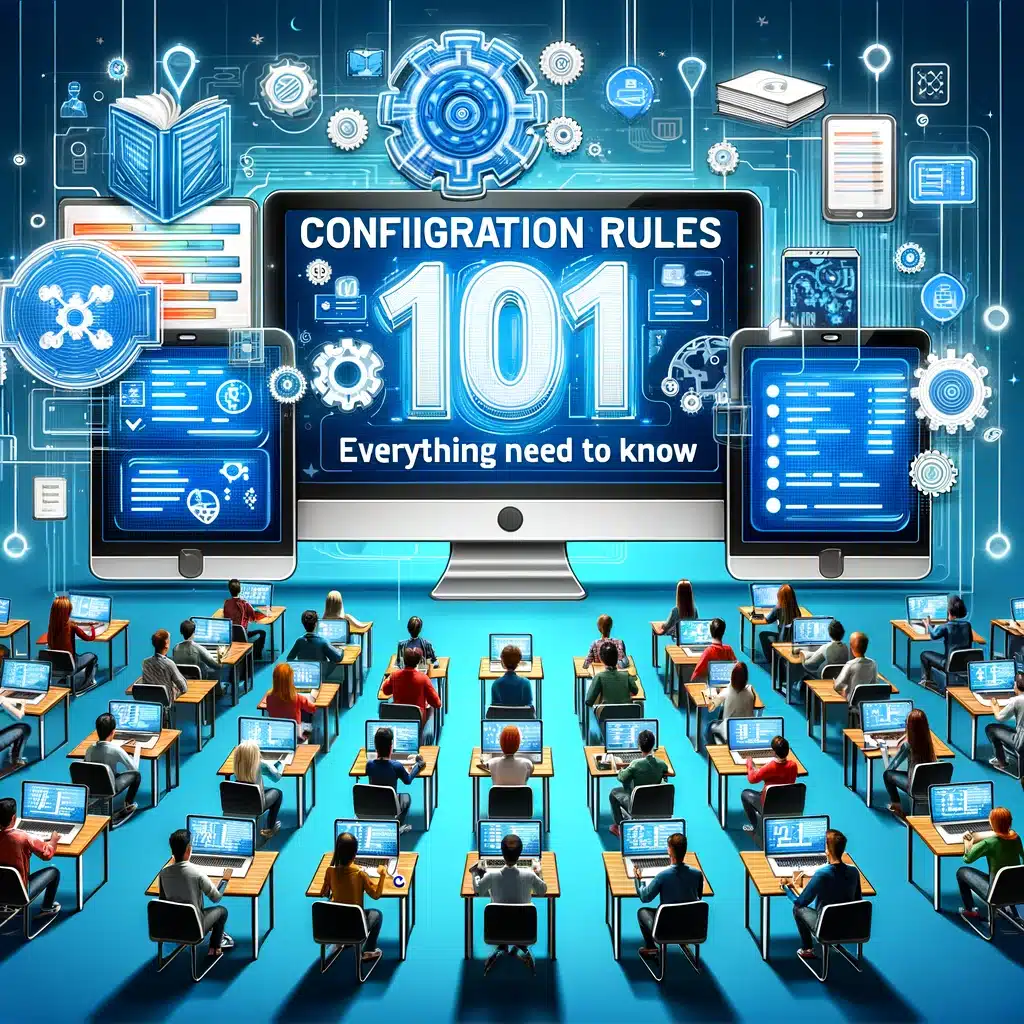
Configuration rules can be complex beasts. But master them, and you’ll transform your CPQ system. This guide will walk you through everything you need to know – from rule types and benefits to best practices and pitfalls. We’ll explore how configuration rules integrate with your CPQ to optimize the entire quote-to-cash process. Whether you’re new to the CPQ world or a seasoned pro, you’ll gain actionable insights to improve accuracy, boost efficiency, and take your system to the next level. Let’s dive in and unlock the power of configuration rules!
What Are Configuration Rules?
Configuration rules are the backbone of CPQ (Configure, Price, Quote) systems. They automate and optimize the entire quoting and order configuration process.
- These rules use criteria like product compatibility, pricing thresholds, discounts, and customer data to dynamically filter options, set defaults, and recommend valid configurations.
- There are a few main types of configuration rules:
- Inclusion rules that add or enable options
- Exclusion rules that restrict or remove options
- Conditional rules that show options based on certain criteria
- Key benefits of using configuration rules:
- Increased quoting accuracy – Rules ensure only valid options are included
- Improved efficiency – Automatic recommendations and defaults accelerate the process
- Consistent configurations – Rules standardize quotes across sales reps
- Common challenges with rules:
- Complex rule logic can be difficult to maintain
- Rules need to be kept updated as products change
- Too many restrictive rules frustrate sales reps and customers
- Rules are integral to CPQ platforms – they form the business logic that drives guided selling, pricing, and quotes.
- Effective configuration rules are critical for successful CPQ implementation and maximum value realization. They optimize the end-to-end quote-to-cash process.
Benefits
- Improved Accuracy and Efficiency. Configuration rules ensure options are compatible and valid, guiding sales reps to viable solutions faster. This eliminates errors and rework.
- Flexibility and Control. Different rule types like inclusion, exclusion, and conditional give extensive control over the options presented. Rules can be highly customized for each product.
- Optimized Pricing. Rules automatically apply valid pricing and discounts based on selections. This avoids incorrect quotes and speeds up the process.
- Enhanced User Experience. Guided selling from rules simplifies configuration for customers and reps. It makes the process more intuitive.
- Integration with CPQ. Rules seamlessly interact with the full CPQ system – from catalog to quotes. This consistency optimizes the entire process.
- Data-Driven Decisions. Rules leverage your pricing and compatibility data for accuracy. Changes can be rapidly deployed through the rules.
- Reduced Complexity. Rules encapsulate complex logic so users don’t have to worry about it. The system handles everything behind the scenes.
Overall, configuration rules are invaluable for harnessing a company’s knowledge to optimize CPQ. They enable efficient, scalable selling processes that minimize errors and manual effort. With the right rules in place, CPQ systems can truly shine.
Best Practices
Configuration rules are a powerful part of CPQ systems, but they require thoughtful design and management. Follow these tips to maximize their effectiveness:
- Start simple – Begin with a few key rules for your most common configurations. You can build on the foundation later.
- Involve cross-functional teams – Include sales, engineering, manufacturing, and finance to cover all needs.
- Limit conditional logic – Stick to simple “if/then” statements as much as possible. Complex nested logic can be hard to maintain.
- Test extensively – Check rules against real-world examples to catch errors before go-live. Automated testing saves time.
- Refine over time – Monitor rule performance and fine-tune as needed. Don’t let outdated rules linger.
- Document thoroughly – Note assumptions, exceptions, dependencies for each rule. This aids troubleshooting.
- Assign ownership – Have individuals responsible for keeping rules accurate and relevant.
- Automate monitoring – Use reports to identify rule gaps or conflicts on an ongoing basis.
- Integrate alerts – Notify users of rule changes that will impact their configurations.
- Provide user training – Explain how rules work so users understand the logic behind configurations.
Following configuration rule best practices requires diligence, but pays off in more streamlined, accurate CPQ processes over time. The key is striking the right balance between flexibility and control.
